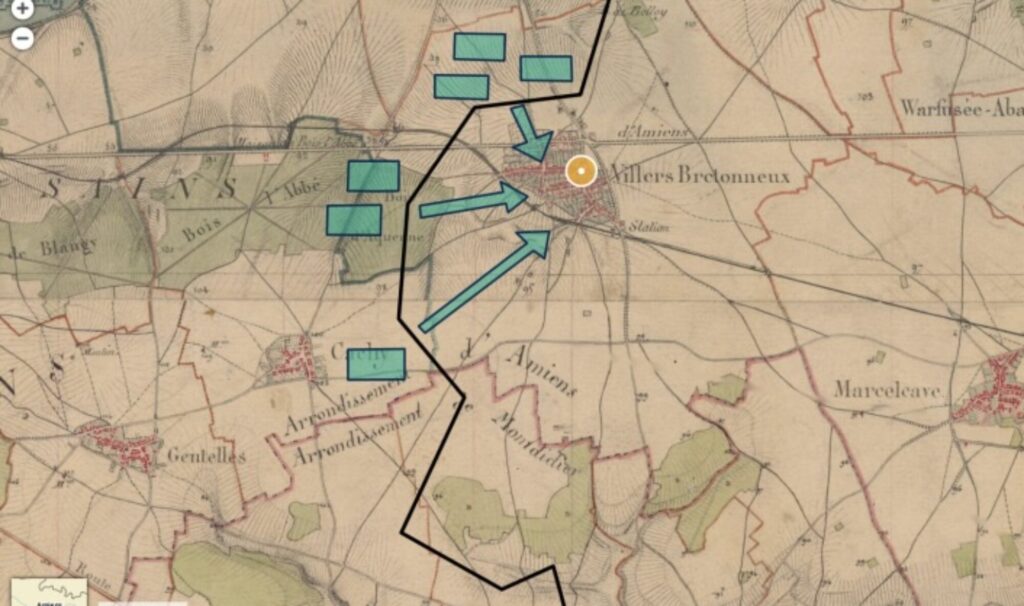The Western Front and Normandy.
Exploring the French battlefields of the First World War can be a deeply moving and thought-provoking experience. The battles fought on French soil during this conflict were some of the bloodiest and most intense in history, and visiting the sites where they occurred can give you a greater understanding of the scale of the conflict and the sacrifices made by the soldiers involved.
There are many different locations across France that are worth visiting if you want to explore the battlefields of the First World War. Some of the most significant sites include the Somme battlefield, where over one million soldiers were killed or wounded over the course of a five-month battle, and the Verdun battlefield, where French and German forces fought for ten months in one of the longest and most brutal battles of the war.
Other places worth visiting include the Chemin des Dames, a series of trenches and fortifications that were the site of intense fighting, and the Meuse-Argonne American Cemetery, which is the final resting place of over 14,000 American soldiers who lost their lives in the Meuse-Argonne Offensive.
While exploring the French battlefields of First World War can be a sombre and emotional experience, it can also be a powerful reminder of the sacrifices made by those who fought for their countries. By visiting these sites and learning more about the history of the war, we can gain a greater appreciation for the peace and stability we enjoy today and honour those who gave their lives for our freedoms.
Australian Involvement
Australia’s involvement in First World War was a defining moment in the country’s history and had a profound impact on its people. When Britain declared war on Germany in August 1914, Australia, as a member of the British Empire, also entered the conflict. Throughout the war, more than 416,000 Australians served overseas, with around 62,000 losing their lives and over 150,000 being wounded, gassed, or taken prisoner.
Australian troops saw action in many of the major battles of First World War, including Gallipoli, where the ANZAC (Australian and New Zealand Army Corps) forces suffered a devastating defeat. They also fought on the Western Front in France and Belgium, where they were involved in some of the deadliest battles of the war, such as the Battle of Fromelles and the Battle of Passchendaele.
Despite the high casualties and the devastating impact on families and communities, the war had a significant impact on Australia’s national identity. Many Australians saw their country’s participation in the war as a way to demonstrate their loyalty to the British Empire and prove their worth as a nation. The ANZAC legend, which emerged from the Gallipoli campaign, has become an important part of Australian national identity, symbolizing the courage, endurance, and mateship of Australian soldiers.
The end of First World War also marked a turning point in Australian history. The country emerged from the conflict with a sense of national pride and a growing desire for greater independence from Britain. This desire for autonomy led to the adoption of the Statute of Westminster in 1931, which granted Australia and other Dominions of the British Empire greater self-governance and independence in their foreign affairs.
Overall, Australia’s involvement in First World War was a defining moment in the country’s history, shaping its national identity and its relationships with other nations. The bravery and sacrifice of Australian soldiers during the war will always be remembered and honoured, both by Australians and by people around the world.
